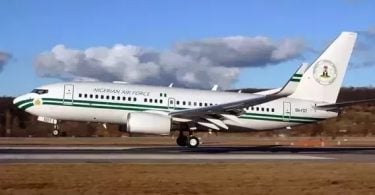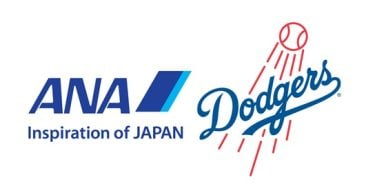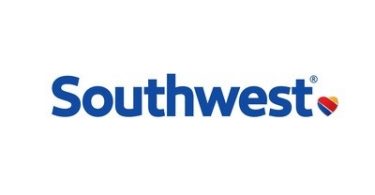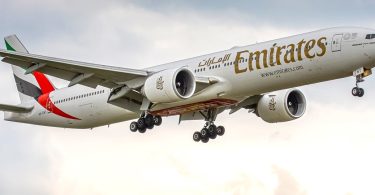|
Ua hoʻokuʻu ʻia e ka International Air Transport Association (IATA) nā ʻikepili no nā mākeke ukana mokulele honua i Kepakemapa 2016 e hōʻike nei i ka noi, ana ʻia i nā kilokika tonelika (FTK), ua piʻi aʻe 6.1% o kēlā me kēia makahiki. ʻO kēia ka wikiwiki wikiwiki o ka ulu ʻana ma hope o ka haunaele i hoʻokumu ʻia e ka US West Coast strike ma Pepeluali 2015. ʻO ka hiki i ka ukana, ana ʻia i nā mile tonelika ukana i loaʻa (AFTKs), hoʻonui ʻia 4.7% ma luna o ka manawa like. Mau haʻahaʻa kumumea i waiho mōʻaukala haʻahaʻa, ka mālama ʻana i nā hua ma lalo o ke kaomi. Ua kūlike ka hana maikaʻi o Kepakemapa me ka huli ʻana o ka ʻike i nā kauoha hoʻolilo hou i nā mahina i hala iho nei. Ua hāʻawi pū paha kekahi mau mea kūikawā, e like me ka hoʻololi wikiwiki ʻana o nā polokalamu Samsung Galaxy Note 7 i loko o ka mahina, a me nā hopena mua o ka hāʻule ʻana o ka laina hoʻouna moku moana Hanjin i ka hopena o ʻAukake. “Demand for air cargo strengthened in September. Although with growth in world trade virtually at a standstill, the air cargo sector still faces some major hurdles. We did have some encouraging news. The conclusion of the EU-Canada Free Trade Agreement is good news for the economies involved and for air cargo. Growth is the way to overcome the world’s current economic challenges. The EU-Canada agreement is a welcome respite from the current protectionist rhetoric and positive results should soon be evident. Governments everywhere should take note and move in the same direction,” said Alexandre de Juniac, IATA’s Director General and CEO.
¹% o nā FTK ʻoihana ma 2015 ² Hoʻololi ka makahiki i ka makahiki i ka mea hoʻoili ³Load factor factor Hana Āpana Airlines in all regions except Latin America reported an increase in year-on-year demand in September. However results continued to vary considerably.
|





















